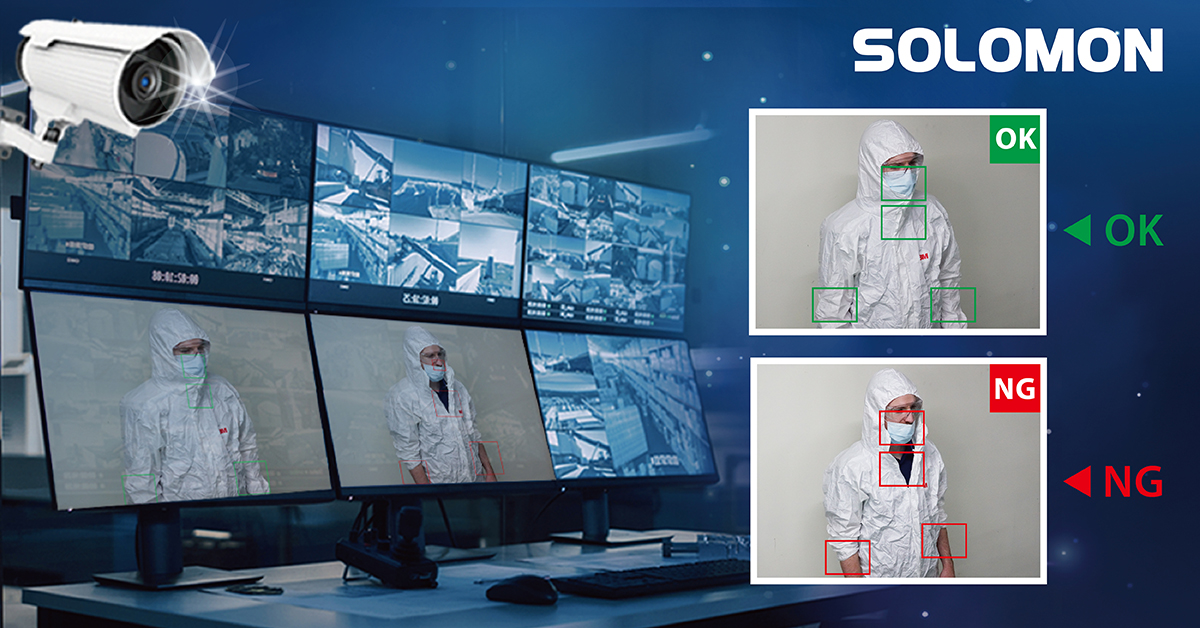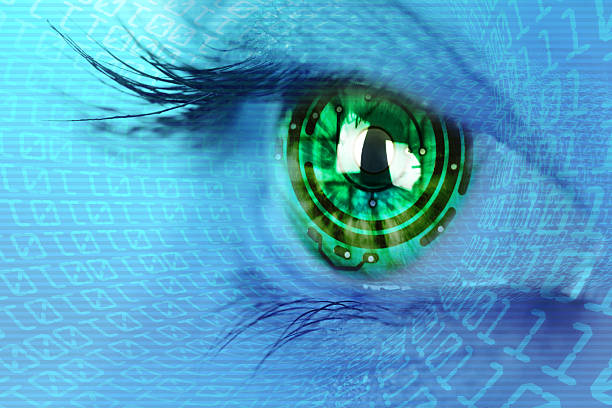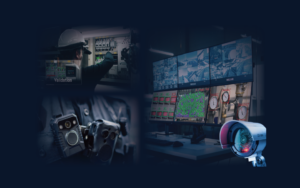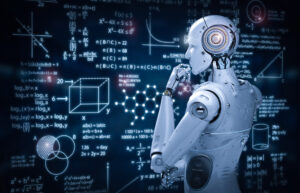5 Benefits of Machine Vision
You Probably Never Thought About Before
Machine vision technology has been a game-changer for many years, allowing manufacturers to improve efficiency and quality control across a variety of industries.
While many manufacturers are aware of the main benefits of machine vision, some lesser-known advantages are also worth considering. Here are five benefits of machine vision technology that you may not have thought of before:
Benefit 1: Enhanced Safety
Machine vision systems can play a crucial role in enhancing workplace safety by detecting potential safety hazards. For instance, by using machine vision systems like META-aivi, manufacturers can detect workers who are not wearing personal protective equipment properly or identify objects in dangerous areas that could pose a threat to workers. In addition, machine vision can also be used to monitor workers’ movements and detect unsafe behavior, such as reaching into machines or standing too close to moving parts.
By detecting and alerting workers and supervisors to potential hazards, machine vision can help prevent accidents and injuries, improving workplace safety. Furthermore, machine vision can also be integrated with other safety systems, such as alarms or automatic shut-off systems, to provide an extra layer of protection in the event of an emergency.

Benefit 2: Sustainability
In addition to improving efficiency and quality, machine vision systems also have a significant impact on sustainability efforts. By detecting defects in products and materials, manufacturers can reduce waste and improve their overall environmental impact. For example, a machine vision system can detect a defect in a product during the production process, allowing it to be removed before it reaches the end customer. This reduces the amount of waste generated and improves the overall quality of the product.
Machine vision can also be used to monitor and optimize energy consumption, such as identifying areas where lighting or machinery can be turned off when not in use. Overall, machine vision technology plays an important role in promoting sustainability and reducing the potential environmental impact of manufacturing processes.
Benefit 3: Remote Monitoring
Remote monitoring is a powerful tool that can help manufacturers increase efficiency and reduce costs. By integrating machine vision systems with remote monitoring technology, manufacturers can monitor their production lines and equipment in real-time from anywhere in the world. This allows them to identify and address issues quickly, before they turn into larger problems that could cause downtime or require costly repairs.
Remote monitoring also allows for more flexible working arrangements, such as remote work or shift work, as production can be monitored from anywhere. In addition, the data gathered from remote monitoring can be used to identify trends and patterns, which can inform decisions about process improvements and resource allocation. Overall, integrating machine vision systems with remote monitoring technology can help manufacturers optimize their operations and improve their bottom line.
Benefit 4: Predictive Maintenance
Predictive maintenance is a crucial benefit of machine vision technology that helps manufacturers save time and money. By using machine vision systems to monitor equipment and machinery, manufacturers can detect signs of wear and tear and take proactive measures to address issues before they lead to costly breakdowns. Machine vision systems can analyze images and data from sensors to identify patterns and anomalies that may indicate an impending failure. This information can then be used to schedule maintenance or repairs, preventing downtime and minimizing the need for emergency repairs. In addition to reducing maintenance costs, predictive maintenance also helps extend the lifespan of equipment and machines, improving the overall efficiency of manufacturing operations.
Benefit 5: Customer Satisfaction
In today’s competitive market, customer satisfaction is the key to success. Machine vision systems can help manufacturers achieve this by ensuring that products meet quality standards and are free of defects. By using machine vision technology like SolVision, manufacturers can quickly detect defects and take corrective action before products reach customers, reducing the risk of product recalls and returns. This not only saves manufacturers time and money but also improves customer satisfaction and brand reputation. In addition, machine vision systems can be used to track and analyze customer behavior and preferences, providing valuable insights that can be used to improve products and services, further enhancing customer satisfaction.

Conclusion
Machine vision technology has been crucial for the manufacturing industry for many years. While its benefits for improving efficiency and quality are well-known, by taking advantage of these lesser-known advantages—predictive maintenance, sustainability, customer satisfaction, remote monitoring, and enhanced safety—manufacturers can enhance their operations, leading to a better bottom line and a more significant positive impact on society and the environment.
Machine Vision FAQs
What is machine vision?
Machine vision is a form of artificial intelligence that enables computers to interpret and analyze images from cameras and sensors.
How does machine vision work?
Machine vision systems capture images or video, process the data using algorithms, and then make decisions based on the results.
What are the benefits of using machine vision in manufacturing?
Machine vision can improve product quality, increase production efficiency, and reduce labor costs by automating quality control and inspection processes.
What types of industries use machine vision?
Machine vision is used in a variety of industries, including manufacturing, automotive, food and beverage, and pharmaceuticals, to name a few.
What are some common applications of machine vision?
Common applications of machine vision include defect detection, inspection, and robot guidance.
What types of cameras are used in machine vision?
There are several types of cameras used in machine vision, including area scan cameras, line scan cameras, and 3D cameras.
What is the difference between machine vision and computer vision?
Machine vision refers specifically to the use of cameras and image processing software in automated decision-making, while computer vision is a broader field that encompasses a wider range of visual tasks and technologies.
How accurate is machine vision?
The accuracy of machine vision systems depends on a variety of factors, including the quality of the cameras and software, lighting conditions, and the complexity of the analysis required.
Can machine vision systems be customized for specific applications?
Yes, machine vision systems can be customized for specific applications by adjusting the algorithms used for image processing and analysis.
What are some common challenges associated with implementing machine vision systems?
Common challenges include choosing the right hardware and software, setting up appropriate lighting conditions, and training personnel to use and maintain the systems.
How does machine vision improve quality control?
Machine vision systems can quickly and accurately detect defects in products, preventing them from reaching consumers and improving overall product quality.
How does machine vision increase efficiency?
Machine vision can perform tasks that are difficult or impossible for humans to do, such as inspecting thousands of products quickly and precisely without interruption. By automating tasks, machine vision can increase productivity and improve the overall efficiency of a production process.



